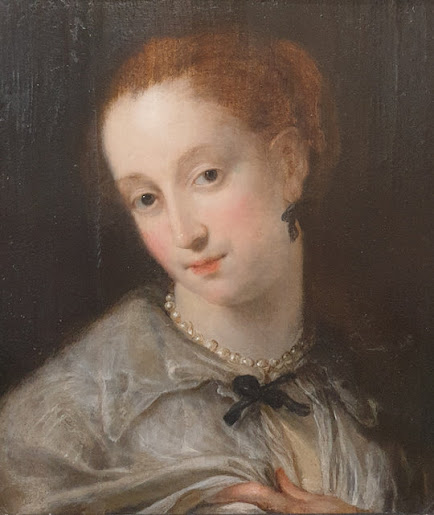Symbols of Love in Art, Antiques and Jewellery
Love is in the air, and it's also in the antique market ! As Valentine's Day draws near and the search for that perfect, heart-felt gift intensifies, we're taking a look at the timeless, and unusual, symbols of love in the decorative arts . Hearts Few symbols encapsulate love and romance as universally as the iconic heart . Dating back to Ancient Greece, where lyric poetry associated the 'mad heart' with our strongest human emotions, this symbol has endured through the ages. In 1344, the first known image of the classic heart icon that we know appeared in The Romance of Alexander manuscrip t, setting the stage for its widespread presence in art, jewellery and modern day text messages! Detail from The Romance of Alexander, where we first see the classic heart icon. Various gold heart-shaped lockets. Available at Spectrum Antiques. Tiffany 18 carat gold heart lavelier necklace. Available at Charlotte Sayers. George Jensen abstract silver heart ring, c. 1960 . Availab...


